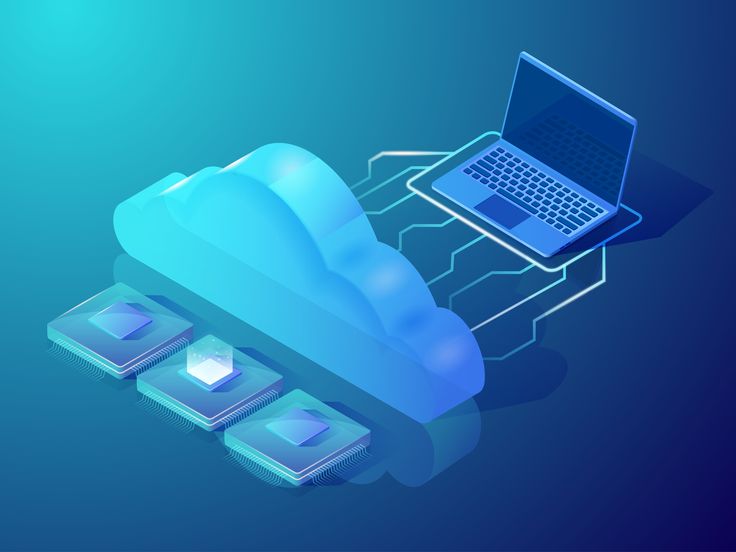Cloud computing has revolutionized how businesses and individuals use technology. Instead of relying solely on local servers or personal devices, cloud computing allows users to access data and applications over the internet. But what makes this possible? The answer lies in its layered structure. Understanding the different layers of cloud computing helps us grasp how data flows and services operate in the cloud environment.
The Three Main Layers of Cloud Computing
Cloud computing is typically divided into three primary layers or service models, each offering a different level of abstraction and control:
1. Infrastructure as a Service (IaaS)
What it is:
IaaS is the foundational layer of cloud computing. It provides virtualized physical resources such as servers, storage, and networking.
Key Features:
-
Full control over the operating system and deployed applications
-
Scalability and flexibility
-
Pay-as-you-go model
Examples:
Amazon Web Services (AWS) EC2, Microsoft Azure, Google Compute Engine
Who uses it?
System administrators, DevOps engineers, and backend developers who need to manage infrastructure directly.
2. Platform as a Service (PaaS)
What it is:
PaaS sits on top of IaaS. It provides a platform allowing developers to build, test, and deploy applications without managing the underlying infrastructure.
Key Features:
-
Includes development tools, operating systems, and databases
-
Automates software updates and system maintenance
-
Reduces coding time and speeds up development
Examples:
Google App Engine, Heroku, Microsoft Azure App Services
Who uses it?
Application developers and software teams looking to focus on writing code rather than managing servers.
3. Software as a Service (SaaS)
What it is:
SaaS is the topmost layer and provides ready-to-use software applications over the internet. Users access the software via web browsers without installing anything locally.
Key Features:
-
Hosted and managed by the service provider
-
Accessible from anywhere with an internet connection
-
Subscription-based or freemium models
Examples:
Google Workspace (Docs, Sheets), Microsoft 365, Dropbox, Salesforce
Who uses it?
End-users such as businesses, students, and consumers who need productivity tools, CRM software, or collaboration platforms.
Bonus Layer: Functions as a Service (FaaS) / Serverless
While not part of the traditional three-layer model, FaaS is increasingly gaining attention. It allows developers to run small units of code (functions) in response to events without managing servers.
Examples:
AWS Lambda, Google Cloud Functions, Azure Functions
Summary Table
| Layer | Abbreviation | User Focus | Examples |
|---|---|---|---|
| IaaS | Infrastructure as a Service | Infrastructure management | AWS EC2, Google Compute Engine |
| PaaS | Platform as a Service | Application development | Heroku, Google App Engine |
| SaaS | Software as a Service | End-user applications | Google Workspace, Dropbox |
| FaaS | Functions as a Service | Event-driven code execution | AWS Lambda, Azure Functions |
Final Thoughts
Each layer of cloud computing serves a different purpose and audience. Whether you’re an infrastructure expert, a developer, or a casual user, there’s a layer tailored to your needs. As cloud technology continues to grow, understanding these layers is essential for making informed choices about tools, services, and architecture.

